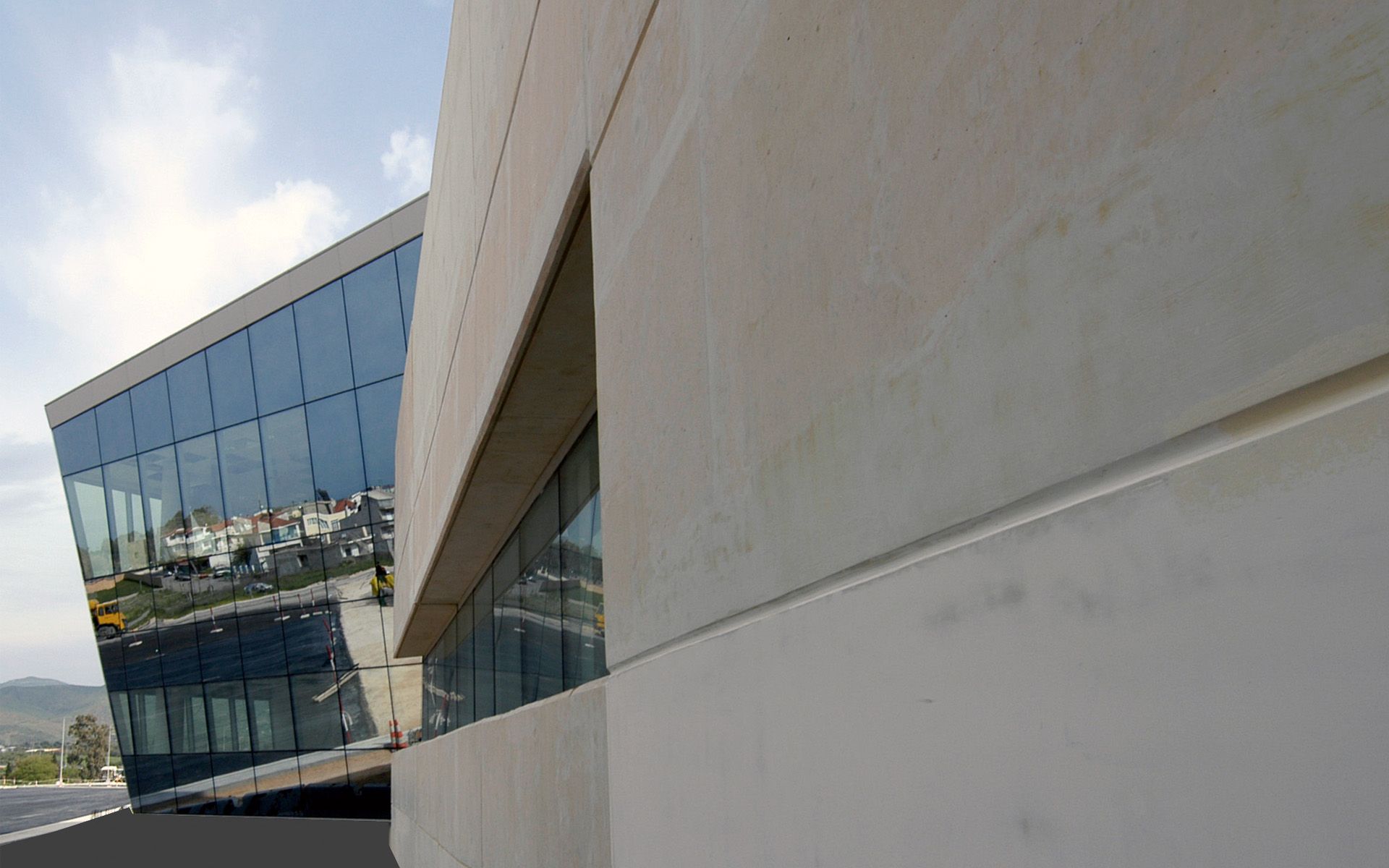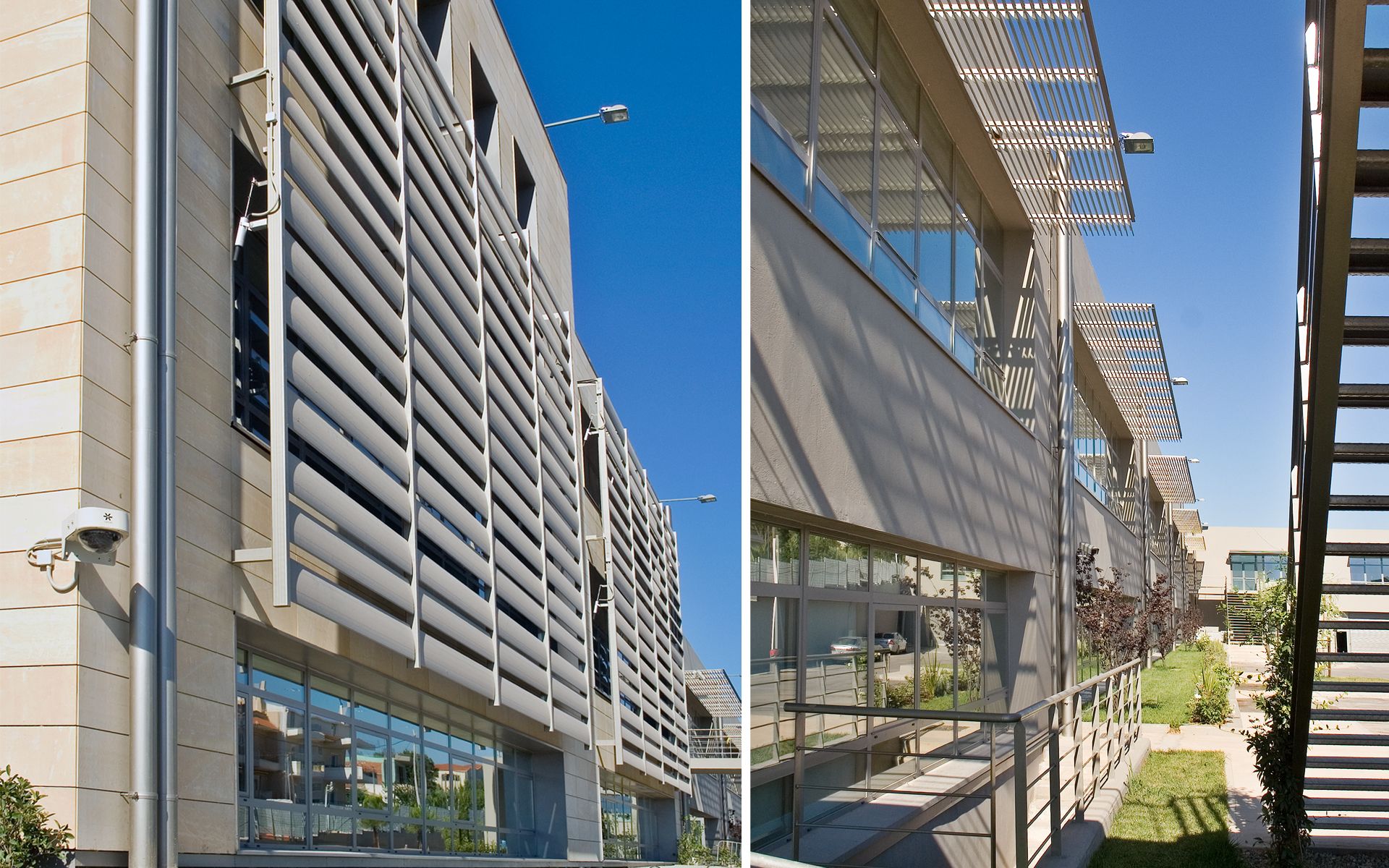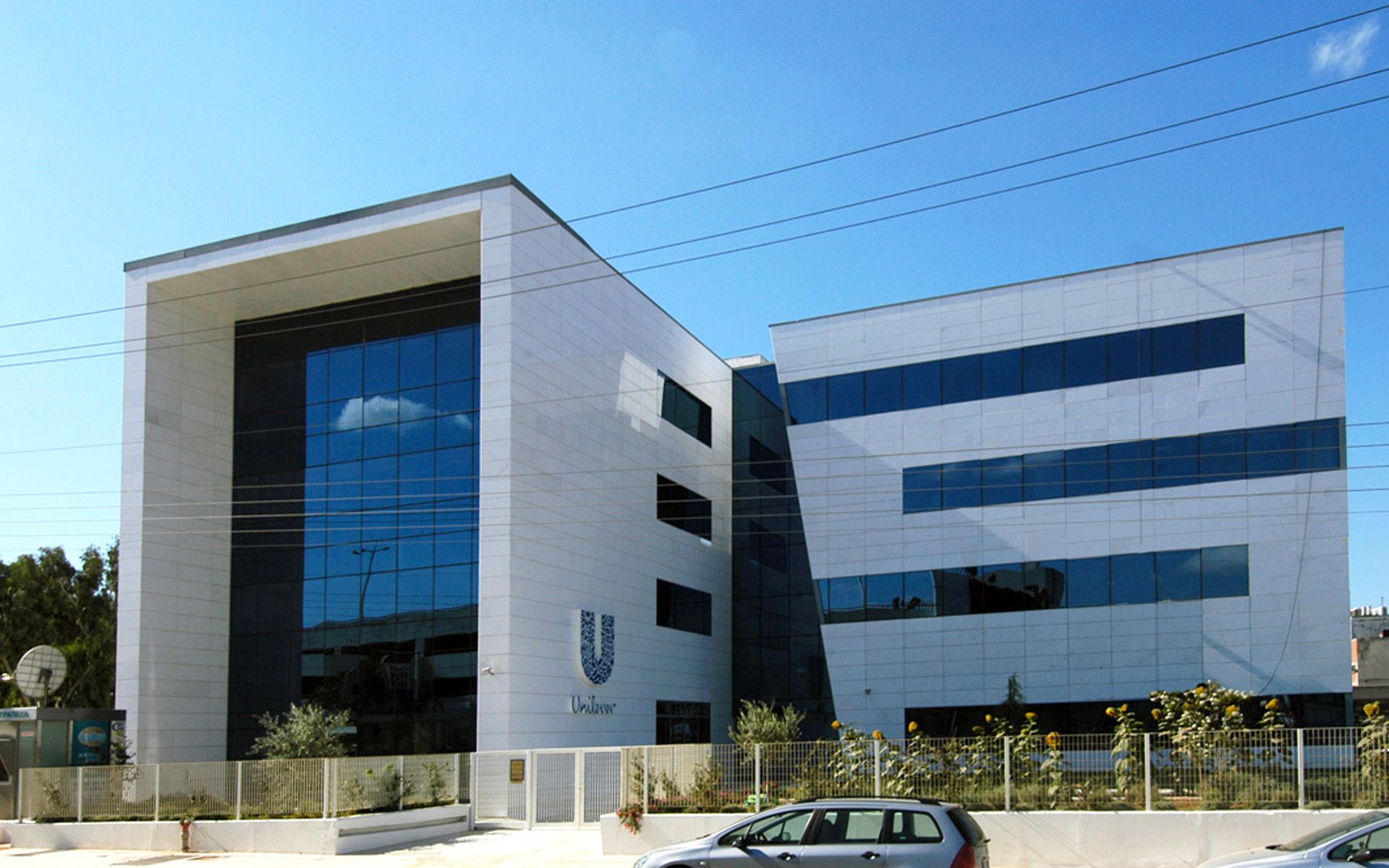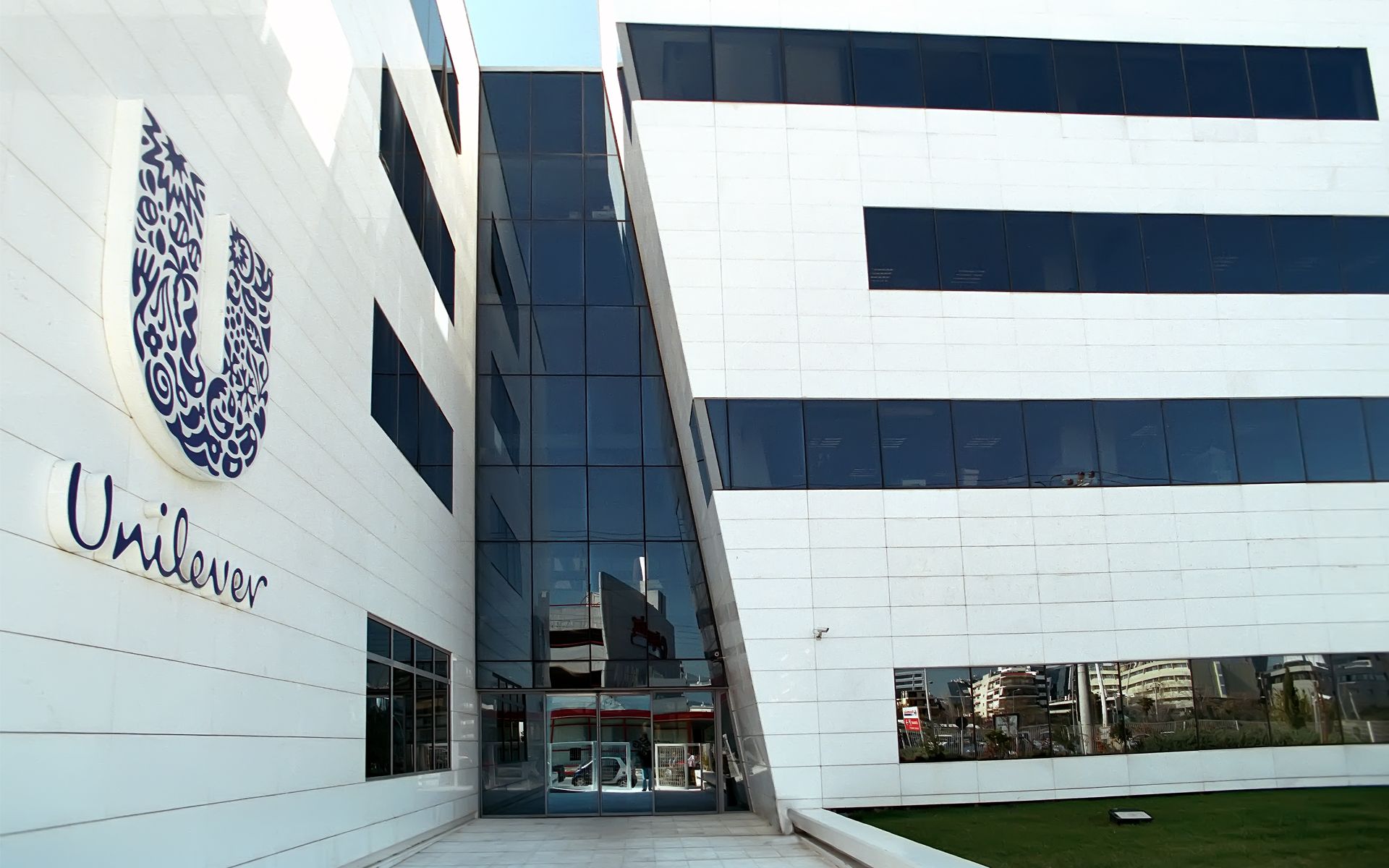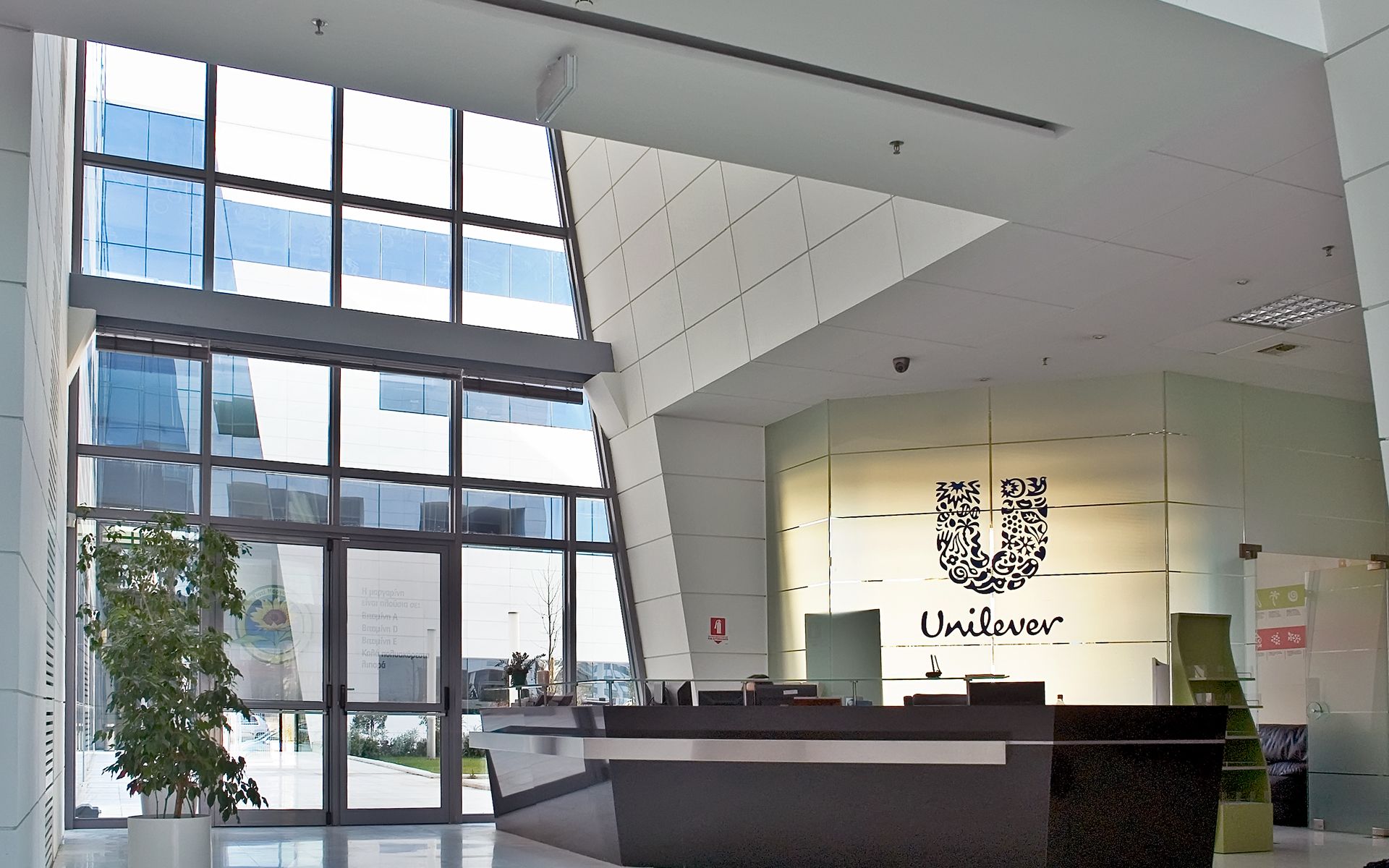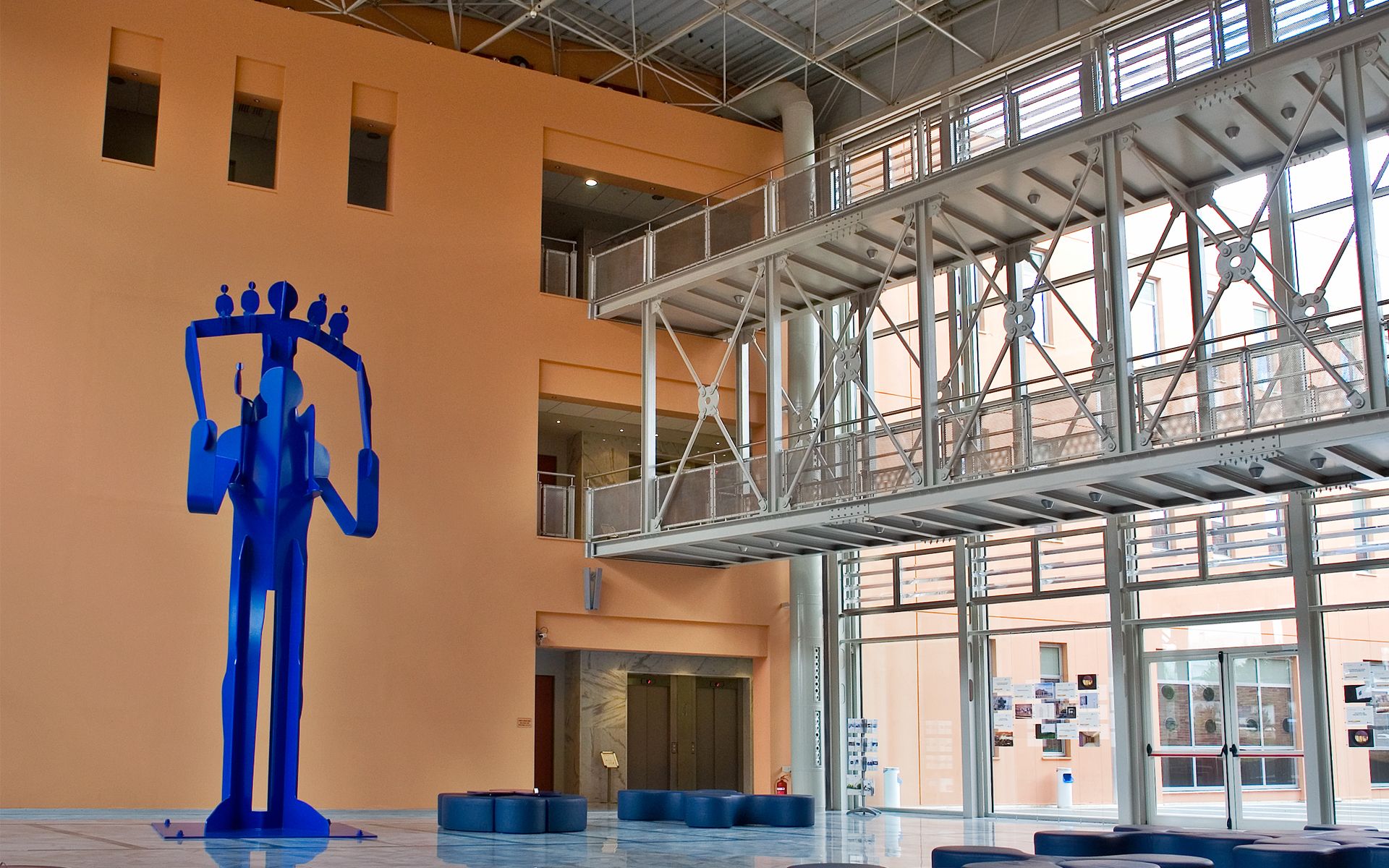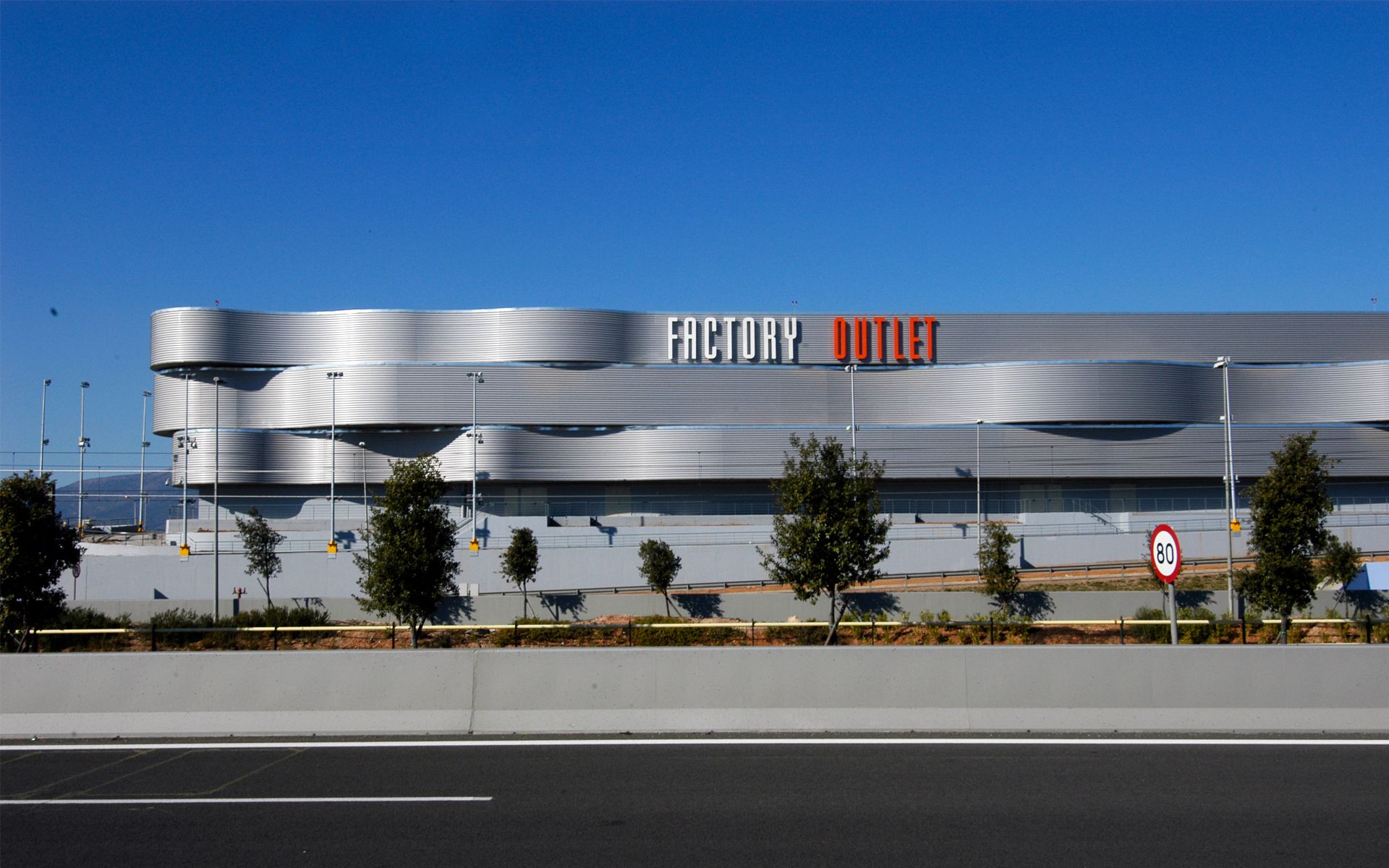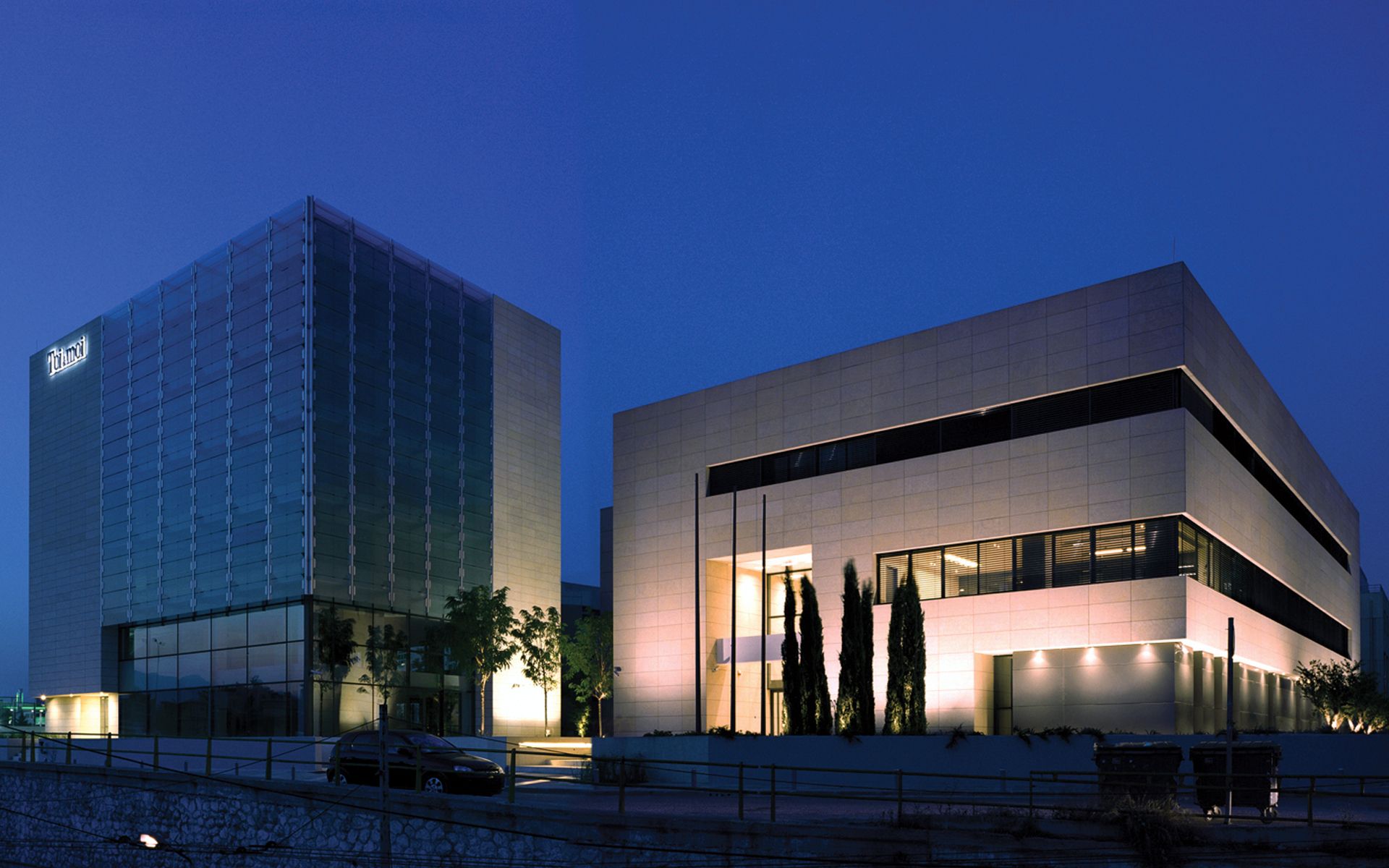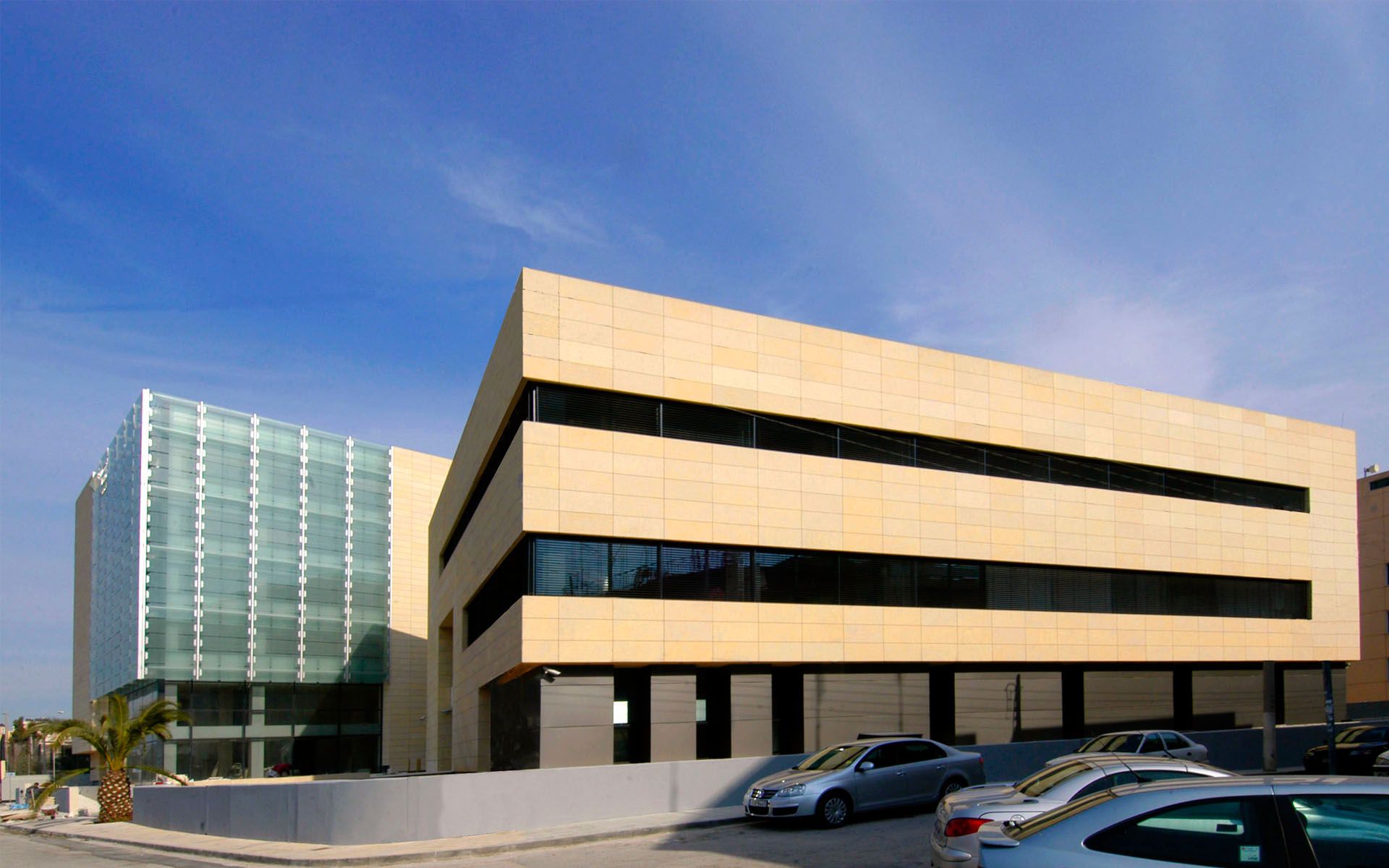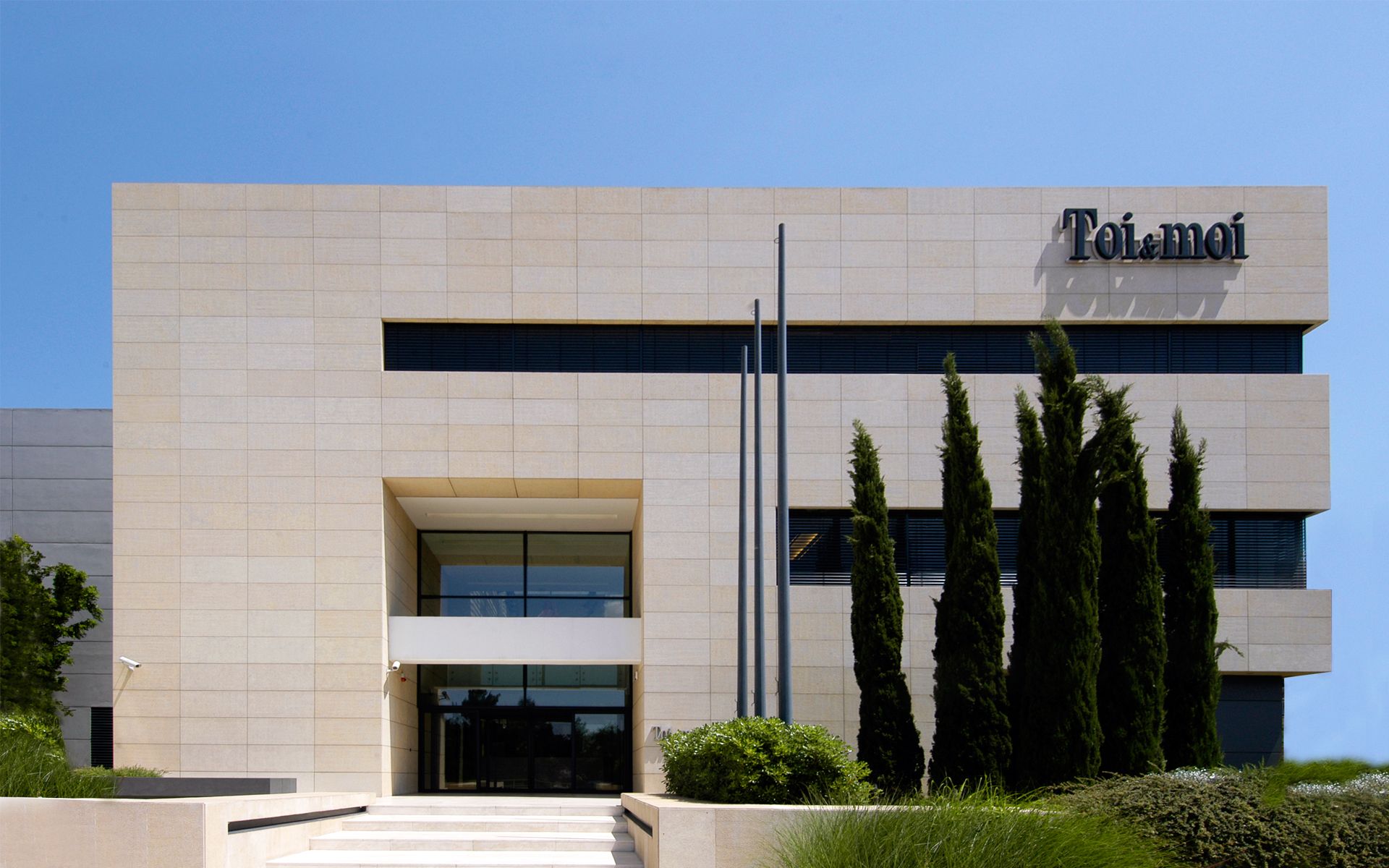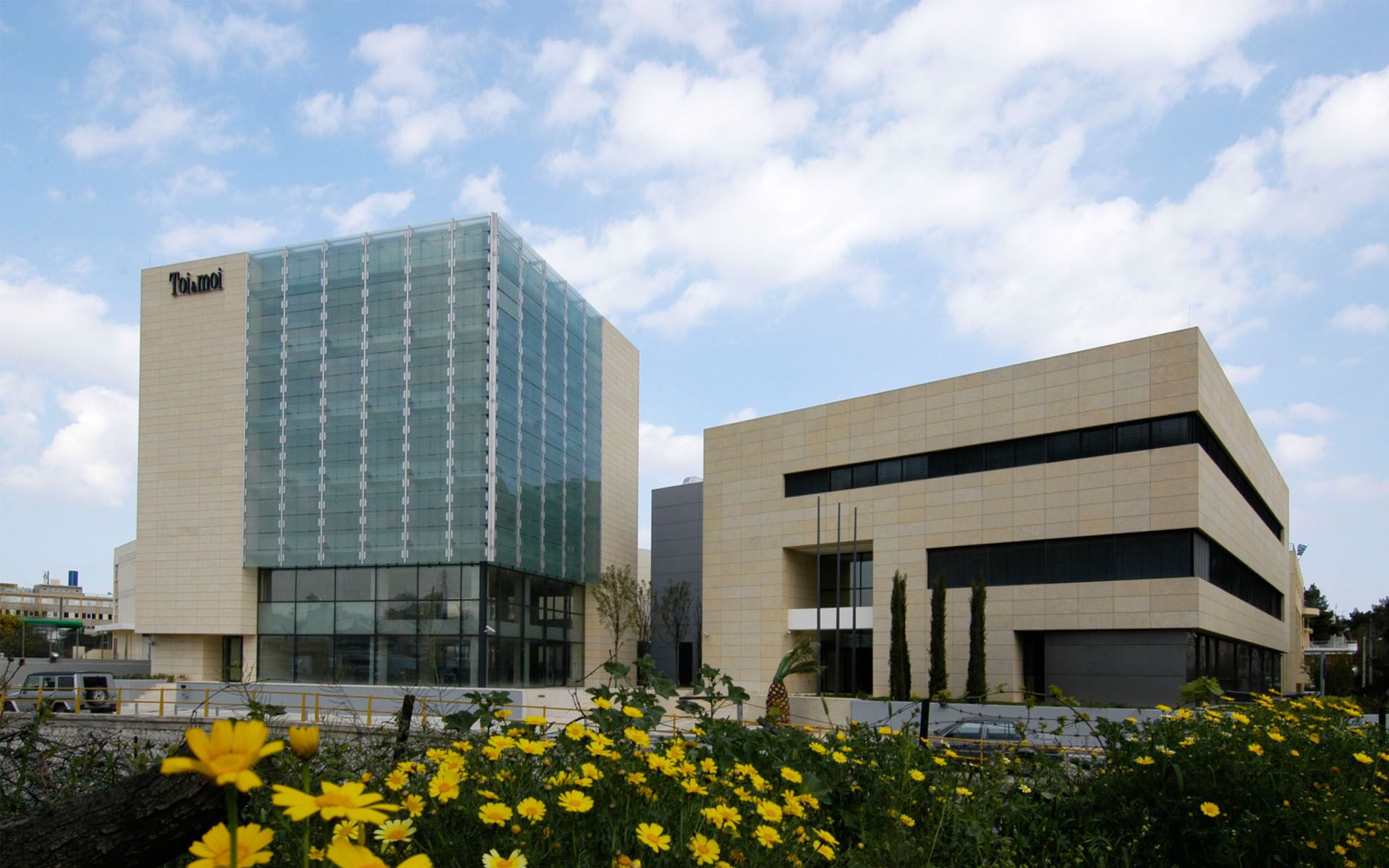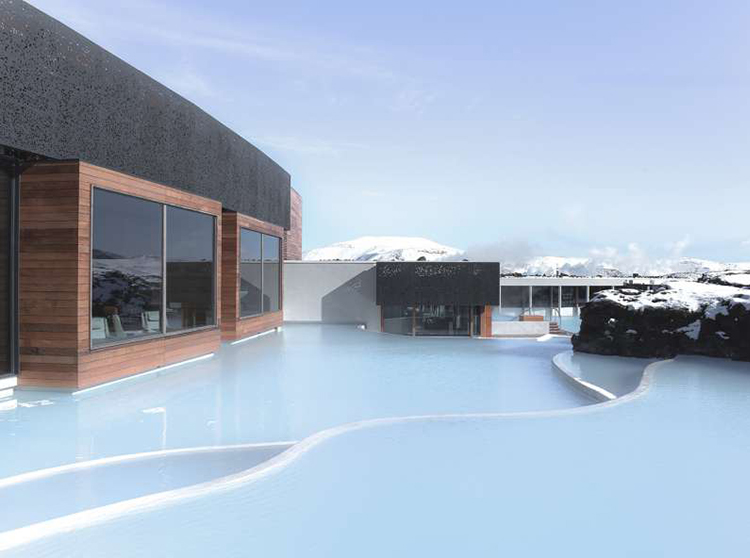INTERVIEW
What is design for your life? What does design mean for you?
Design surrounds us everywhere in our daily lives; from the patterns and symmetry that one finds in nature to the complexity of the universe itself. All these have influenced and inspired us to design and create items, objects or structures that we use throughout our life, satisfying our senses of vision and touch, whilst providing a practical functionally that enhances our lives. What is most meaningful is being able to design structures that provide such enhancements to people's lives.
Please describe the changes in design in the last 20 years?
During the past 20 years, I believe that the principles of design have remained unchanged. However the rapid evolution of technology, the quality of manufacturing and the development of new materials have given designers the tools to create highly aesthetic and durable products for an increasingly demanding market, suited to the needs of one's daily lifestyle.
Which designers/ architects have influenced your work the most?
The architect who have mostly influenced my work is Mies van der Rohe. I have always admired his use of clean lines and consistent palette of materials in order to create spaces of pure minimalism. I especially enjoy the large areas of cladding he allocates for his materials, that can be found in projects of various scale; from pavilions to skyscrapers. I also admire the works of Japanese Architects such as Kenzo Tange who combined traditional Japanese styles with modernism.
When beginning a project, do you usually sketch your ideas on paper or do you use your P.C. from start to finish?
I always use a pen to sketch ideas and initial concepts for a new project. Regardless of how fast computers will ever get, there will be nothing faster and more expressive than a pen and paper.
Do you believe that architecture style must find ways in which to integrate itself into its environment, or do you believe that this is not always essential?
I think it is very important for architecture to be influenced by its context and take from its surroundings. However the integration of contemporary architecture within its environment may not always be apparent. Nowadays buildings tend to stand out from their surroundings, alienating themselves and thus becoming unique. Then again, a closer look may prove otherwise; the underlying design concepts are usually deeply connected with the building's context. Thus it is possible to for architecture to integrate conceptually with its environment, without the need of aesthetically blending in with its surroundings.
In your opinion, could a modern building become a tourist attraction?
Yes, a modern building could become a tourist attraction but that could occur either immediately or over a period of time. A new building which is iconic in its appearance, uses the latest technologies with innovative design features will almost certainly become a tourist attraction overnight. On the other hand a classic residence, such as Frank Lloyd Wright's 'Falling Water' residence became a national landmark once it was no longer occupied by its initial owners. Such buildings, that stand apart from the rest and are characteristically unique, become precedents for future design, setting a template for buildings that are destined to gain a touristic appeal.
If you were not an Architect, which other profession would you have chosen?
I have never thought about what other profession I could have chosen simply because I could not imagine being anything other than an Architect. Nevertheless, I believe that behind every profession, one can find aspects of the design thought process that occurs within an Architect.
















